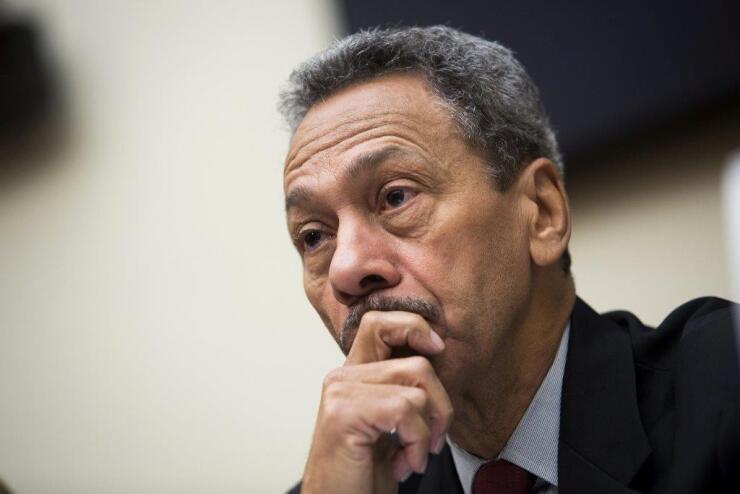WASHINGTON — Federal Housing Finance Agency Director Mel Watt finally detailed his views on housing finance reform, saying that the agency believes Fannie Mae and Freddie Mac should be reincorporated as private entities and the government must provide an explicit guarantee for catastrophic losses in the secondary mortgage market.
In a letter dated Tuesday to Senate Banking Committee leaders, Watt said that once they are returned to the private sector, Fannie and Freddie would be the first two "secondary market entities" able to issue government-guaranteed mortgaged backed securities as a common security that has a mandated rate of return set by a regulator.
Watt's views appear to broadly coincide with the package being developed by Chairman Mike Crapo, R-Idaho, and Sherrod Brown, D-Ohio.
"We see this document as helpful to efforts in the Senate to enact housing finance reform by giving FHFA's seal of approval to the basic framework that banking committee leaders have been working on," said Jaret Seiberg, a policy analyst at Cowen Washington Research Group.

Watt said he was making the recommendations based on repeated requests by Congress as it begins to take up housing finance reform. But he added that he still believes “it is the prerogative and responsibility of Congress, not FHFA, to decide on housing finance reform.”
In an outline FHFA document obtained by American Banker, the agency said Fannie and Freddie should be preserved, but "reincorporated as private, shareholder-owned corporations with a regulated rate of return.”
It adds that the government should provide an "explicit and paid-for catastrophic guarantee" on all MBS issued by Fannie, Freddie and other private-sector competitors. The regulator would collect the fees from the guarantee and create a mortgage insurance fund that would cover losses in the event of a severe downturn, similar to how the Federal Deposit Insurance Corp.'s fund covers losses on insured deposits.
Under the FHFA's plan, the secondary market entities would have mandated capital and liquidity requirements. Though the agency suggested there should be more than two guarantors, it warned against having so many that it leads to a race to the bottom.
The document also outlined a number of housing goals, including maintaining the cash window utilized by smaller lenders and affordable housing mandates for Fannie and Freddie.
The FHFA's document is likely to be at the center of discussions as housing finance reform talks heat up.
“I do think that this document should have considerable weight in the GSE reform debate,” said Ron Haynie, senior vice president of mortgage finance policy for the Independent Community Bankers of America. “Any proposals that are radically different than this document, at least in the eyes of the regulator, would not be workable or questionable at best.”
Watt said in the letter that requests for the FHFA to weigh in on the debate have increased in recent months, likely in response to the “growing perception that reform could be achievable this year.”
He said that some of the principles outlined had been shared in bits and pieces but that “this is the first time we are sharing the enclosure in its entirety.”
The Mortgage Bankers Association embraced the outline.
“MBA is grateful for the well-informed input provided by the Director and hope that it contributes to momentum for congressional action on reform," said Bill Kilmer, the group's head lobbyist.





